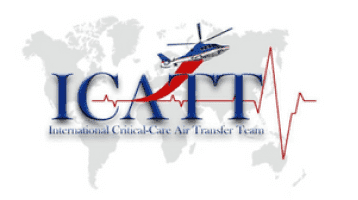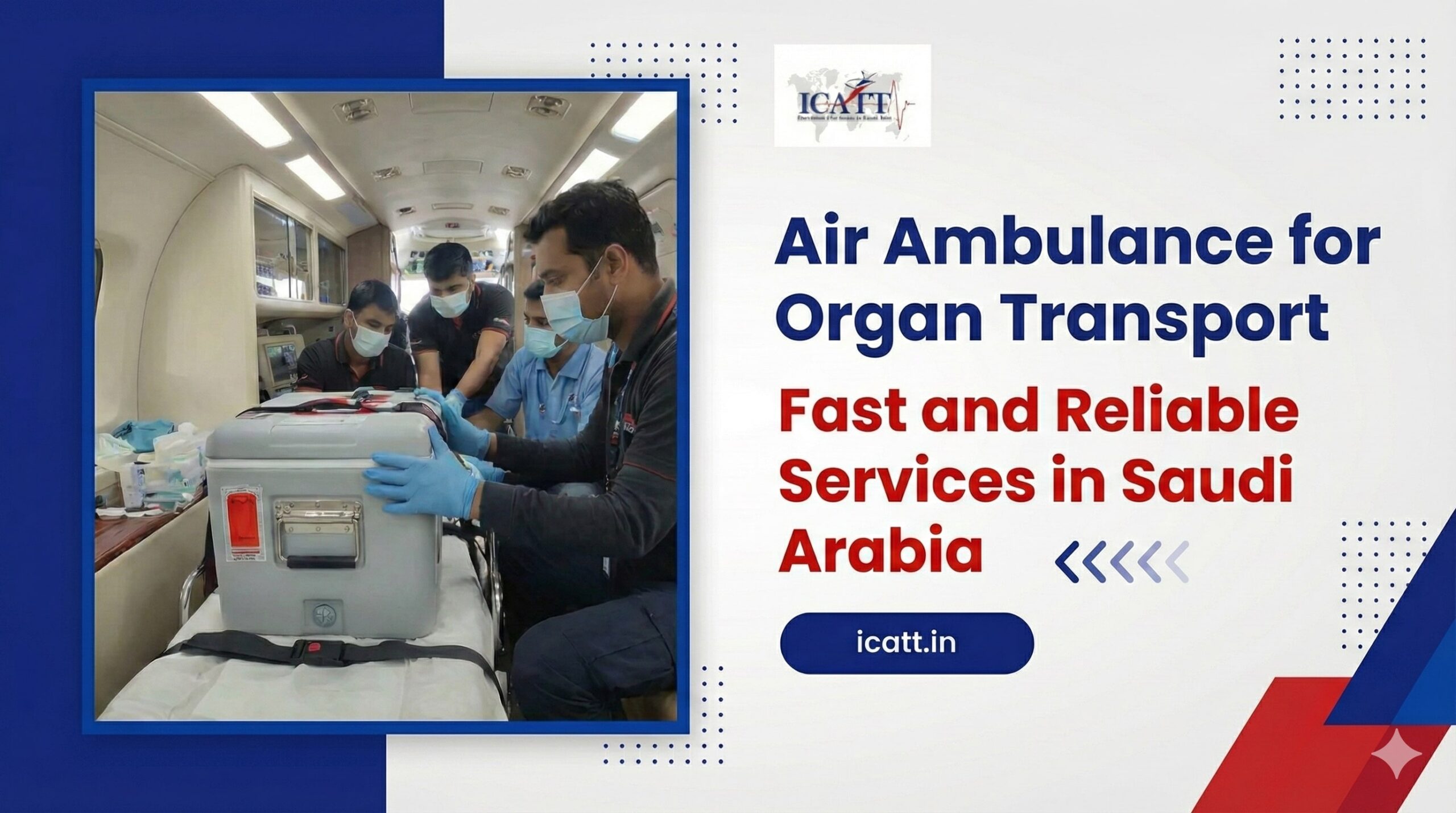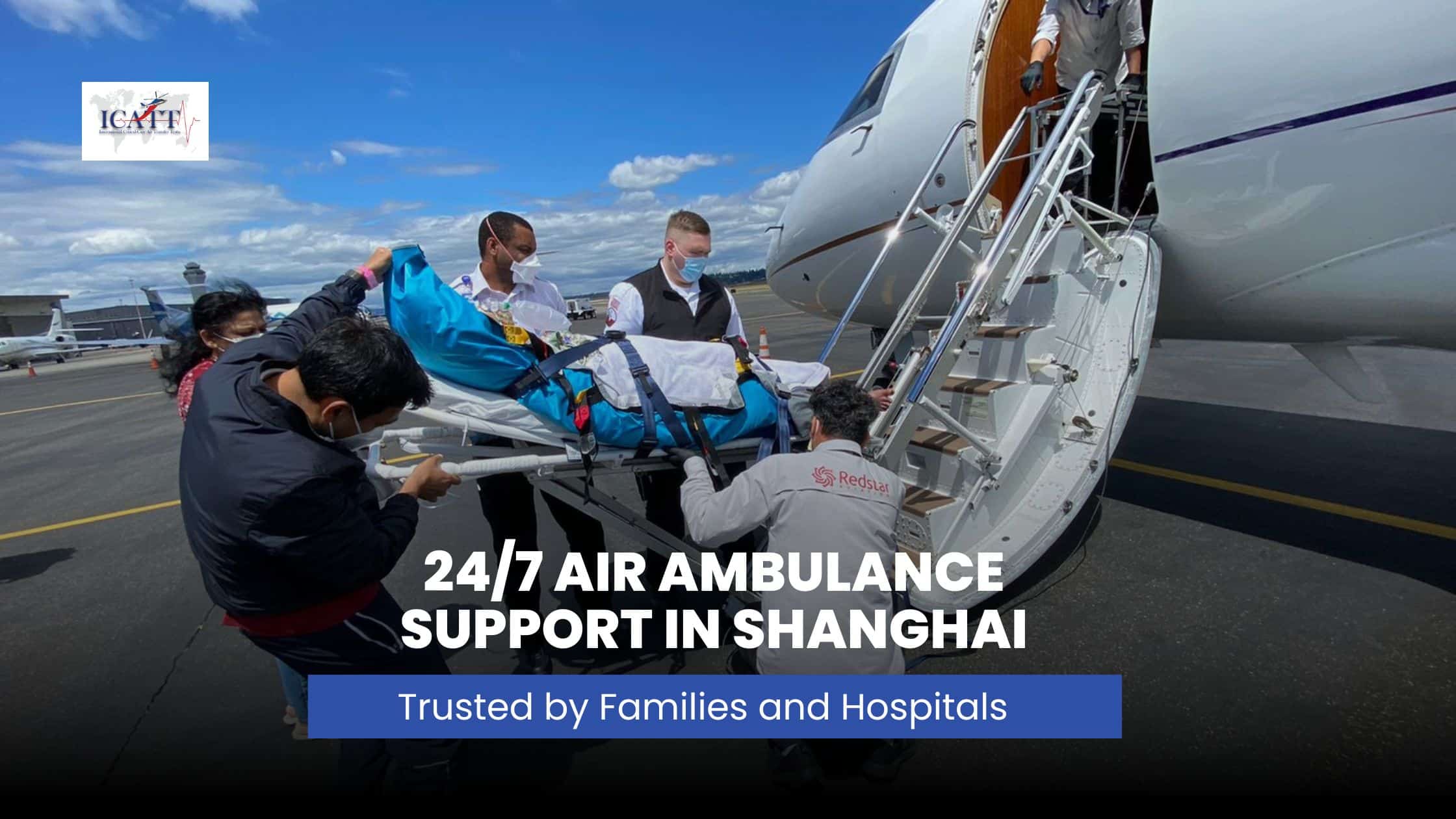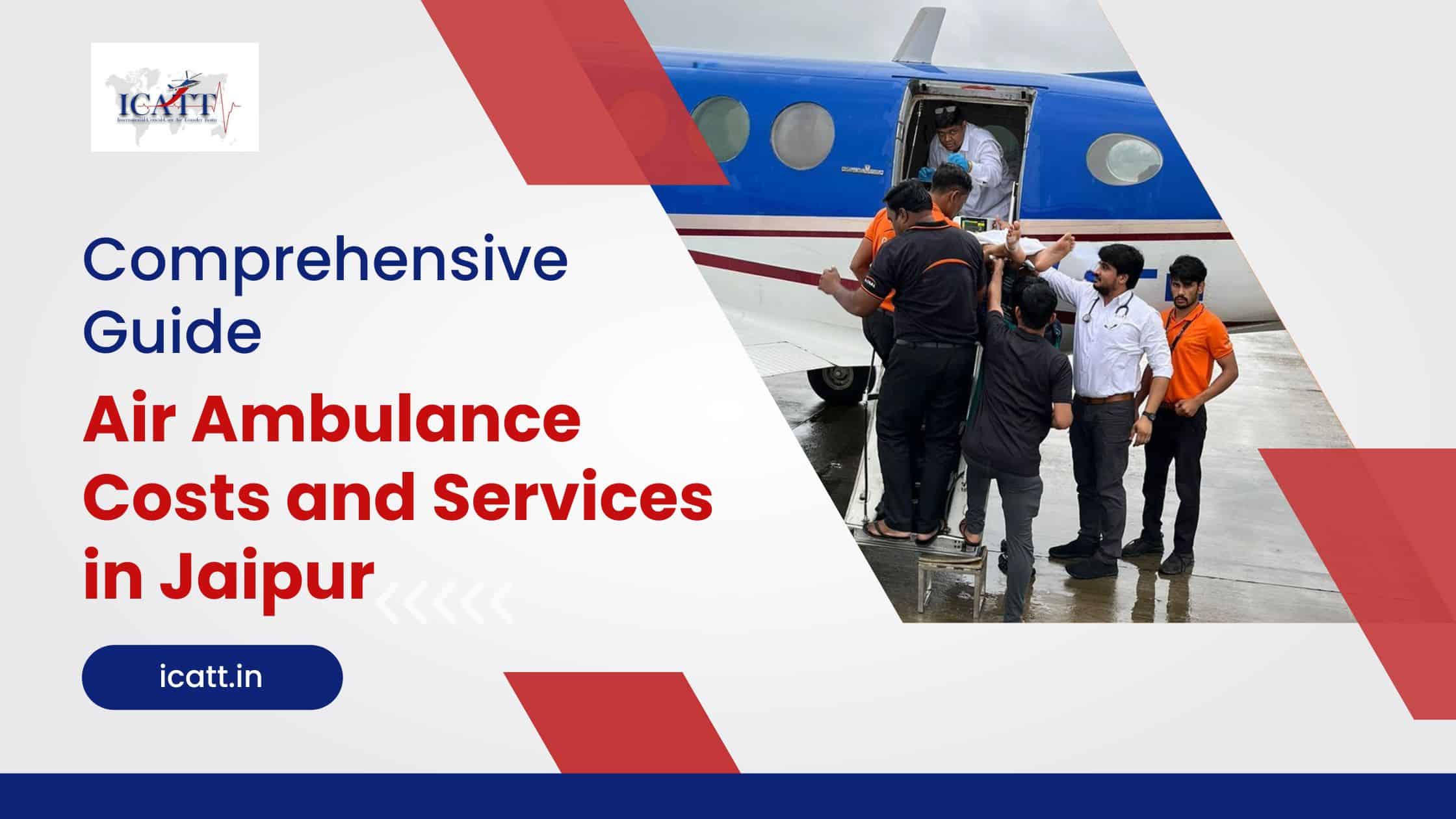Emergencies don’t come with a warning alarm. It could be a sudden heart attack, a serious accident, or a critical illness that gets worse in no time. In such moments, every second counts. But one thought that takes a toll on us is, how fast can we get the patient to the right hospital? Should we go with a ground ambulance or opt for an air ambulance? Which one is faster, safer, and right for the situation? And more importantly—how do we connect with an air ambulance when every minute counts?
There is so much that goes behind it, so if you have asked yourself these questions, don’t worry—you are not alone. In this blog, we will break down both options in a simple way and help you understand when to choose what, especially when it’s a matter of life and time.
Understanding the Basics
| Factor | Ground Ambulance | Air Ambulance |
| Speed | Slower (affected by traffic & road conditions) | Much faster (direct aerial route) |
| Average Coverage | 30–50 km/hour in cities | 300–500 km/hour (depending on aircraft) |
| Traffic/Obstacles | Delays due to traffic, red lights, roadblocks | No road delays—flies directly to destination |
| Reach in Remote Areas | Limited; may not access remote or hilly terrain easily | Can access remote/rural areas with airstrips or helipads |
| Suitable For | Local hospital transfer, stable emergencies | Critical cases, long-distance transfers, ICU-level patients |
| Medical Setup | Basic to Advanced (ALS/BLS) depending on vehicle | Full ICU setup with ventilators, monitors, emergency meds |
| Time for 30 km (city) | ~45–90 minutes (depending on traffic) | ~10–15 minutes (including flight prep) |
| Examples of Use | Road accidents, non-critical hospital shifts | Stroke, trauma, heart attack, organ transplant, intercity ICU |
A ground ambulance is what we commonly see on the roads, equipped with basic to advanced life support systems and staffed with trained paramedics. It’s the standard mode of emergency transport in most cities and towns.
An air ambulance, on the other hand, is a specially equipped aircraft, either a helicopter or a fixed-wing plane, that can carry critically ill patients over longer distances and often much faster. These are handled by a trained medical team, including emergency physicians, paramedics, and nurses, all inside a flying ICU.
Speed and Reach: The Air Advantage
When you think about Air Ambulance vs. Ground, speed is the biggest difference.
A road ambulance, even on an open road, is bound by traffic, road conditions, and distance. In metro cities with heavy traffic, a 30 km journey might take over an hour—precious time that critically ill patients can’t afford to lose.
But with an air ambulance, that same distance can be covered in minutes. For patients in smaller towns needing to be flown to cities like Delhi, Mumbai, or Hyderabad for better care, air ambulance service is not a luxury; it’s a necessity to arrive on time with proper care on the way.
When Is Air Ambulance the Right Choice?
Here are some situations where choosing an air ambulance makes more sense than ground transport:
- Remote area evacuations: In areas without access to proper medical facilities, air ambulances can pick up patients and quickly fly them to a major city hospital.
- Organ transplant transfers: Timing is critical, and organs need to be delivered or received within a limited time. Air transport ensures minimal delay.
- Polytrauma or multiple injuries: When someone has sustained severe injuries that need fast intervention and advanced care, air ambulances are often the better choice.
- Long-distance critical transfers: For example, a patient in Kadapa who needs ICU care in Hyderabad or Bangalore. Road transport could take hours; a fixed-wing air ambulance can do it in a fraction of the time.
- Disaster or mass casualty situations: In natural disasters or large accidents, air ambulances help move the most critical patients quickly and safely.
How to Make the Right Decision During an Emergency?
When someone is facing an emergency situation, it’s not always easy to decide quickly. Families are under stress and every second matters. That’s why we at ICATT offer Air Ambulance Services that provide both expert medical advice and a responsive team that helps families make these decisions based on the medical condition, time, and travel logistics.
We always recommend speaking with our doctors before choosing between air ambulance vs. ground—because it’s not just about speed, it’s about what the patient needs at the moment.
ICATT’s Approach: Both Air and Ground are seamlessly Connected
At ICATT, we provide bed-to-bed patient transfers. That means even if the main journey is via an air ambulance, our ground ambulance team handles the pickup from the home or hospital and drop-off at the final medical destination. It’s all one streamlined process so families don’t have to coordinate multiple services on their own.
Our air ambulances are equipped with
- ICU-grade ventilators
- Cardiac monitors
- Infusion pumps
- Emergency medications
- Oxygen support
- Qualified doctors and critical care nurses onboard
And our ground ambulances are staffed by experienced paramedics with all basic-to-advanced support systems.
Hence, choosing between air ambulance vs. ground depends on several factors—distance, patient condition, urgency, and location. In smaller towns or when time is the biggest threat, an air ambulance service can make all the difference. But no matter what you choose, what matters most is getting timely help with the right medical support.






